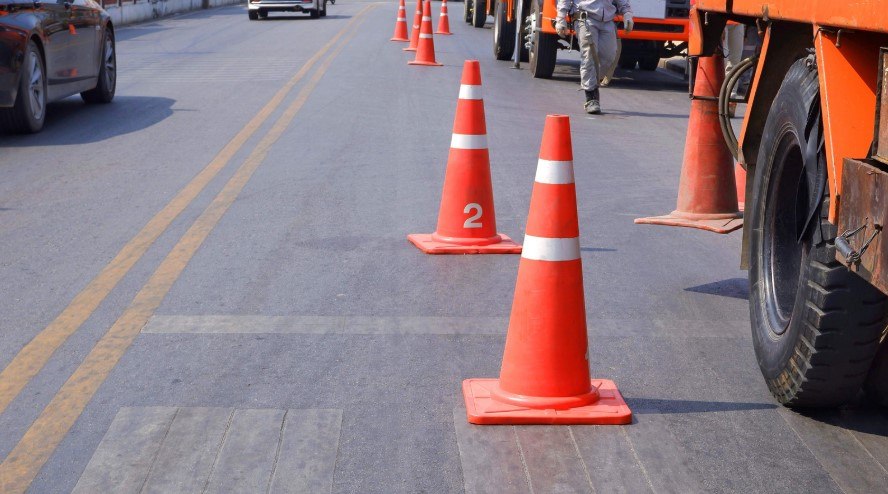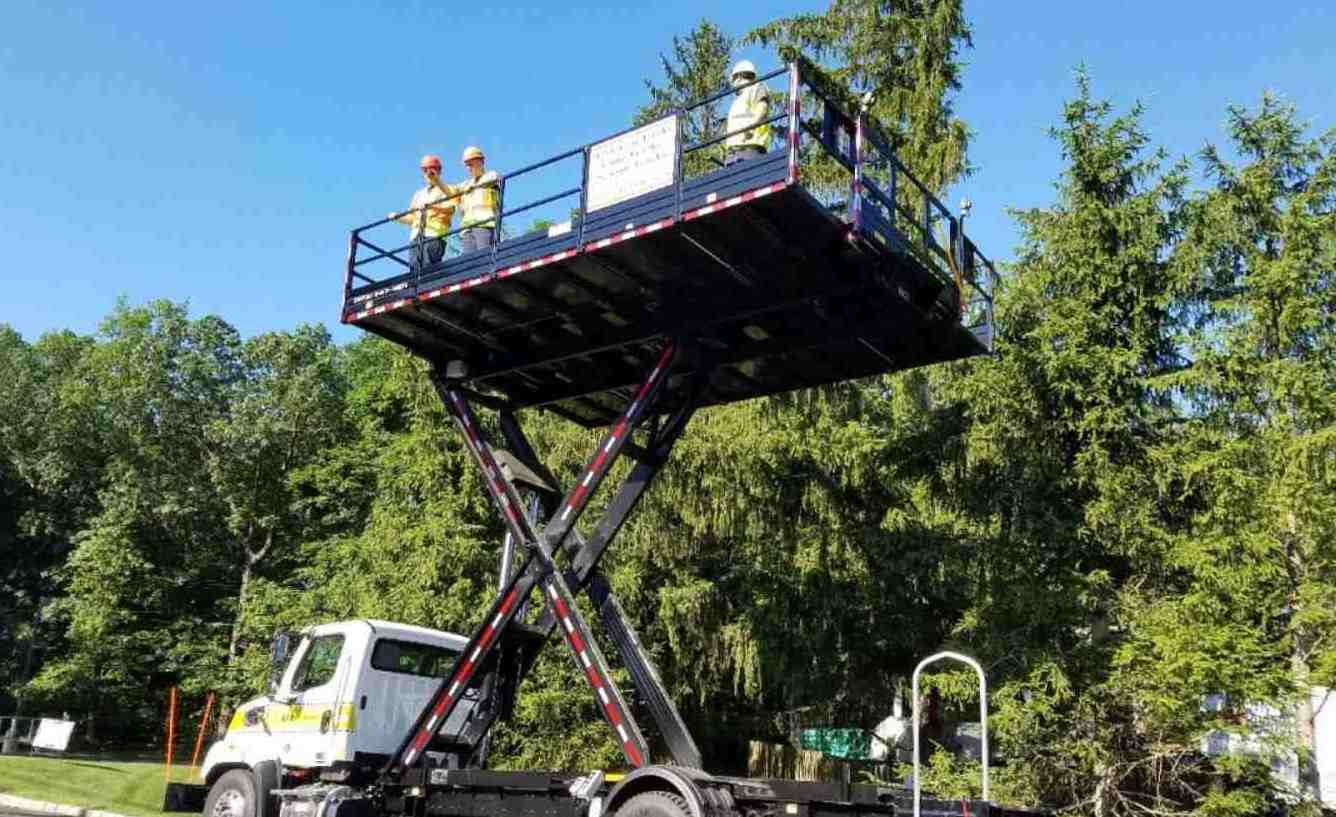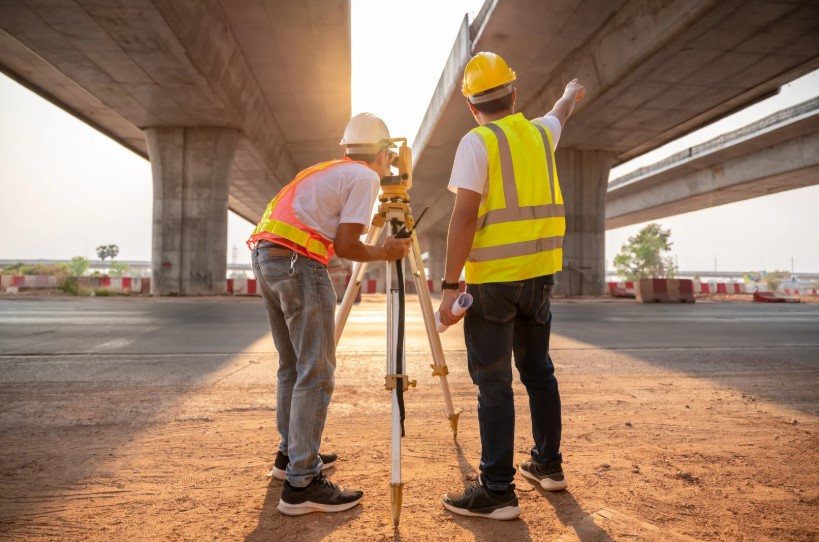The whoosh of the semi’s air brakes was the only warning. A tractor-trailer, its driver asleep or on his phone, swerved onto the shoulder, missing our attenuator truck by inches. The blast of wind knocked a hard hat off. No one was hurt, but for ten seconds, every man on my crew held his breath. That’s our reality. Complacency is a killer. Read more about the roadside safety checklist in this blog.
Why a Daily Roadside Safety Checklist Matters
Let’s get straight to it. Struck-by incidents are the leading cause of death in road work zones, accounting for over half of all fatalities. These aren’t just statistics; they’re our brothers, sisters, sons, and daughters. And if that isn’t reason enough, OSHA doesn’t mess around. A single serious violation can cost you upwards of $15,625 (OSHA, 2023), and a willful one can cripple your company.
A daily roadside safety checklist isn’t just another piece of paper. It’s a ritual. It’s a pact you make with your crew every single morning: “We are all going home tonight.” It turns good intentions into muscle memory. It’s the single most powerful tool you have to control the chaos.
The 12-Point Roadside Safety Checklist
Run through this list before every shift. No exceptions. No shortcuts. This isn’t bureaucracy; it’s survival.
1. Site Briefing & Role Assignments
Before a single cone hits the pavement, huddle up. Discuss the day’s specific tasks, the traffic control plan (TCP), and any unique hazards. Assign clear roles: who is the spotter? Who is the competent person? Who is the primary radio contact? When everyone knows their job, confusion disappears.
2. Traffic-Control Devices Inventory
Count your armor. Do you have the right number of cones for a proper taper? Is your arrow board functioning, with bright, clear LEDs? Most importantly, is your Truck Mounted Attenuator (TMA) ready for duty? This isn’t just a truck; it’s a shield. TMA crash truck safety begins with confirming your primary defense is in place and operational.
3. Equipment Walk-Around Inspections
Every piece of equipment gets a walk-around. Check tires, fluids, lights, and hydraulics on the cone truck, the TMA, and any other vehicles. A leaky hose on an attenuator cushion or a dead light on an arrow board isn’t a minor issue—it’s a critical failure waiting to happen.
4. PPE Verification
Look every crew member in the eye. Are they wearing ANSI-compliant, high-visibility Class 2 or 3 apparel? Hard hat on? Safety glasses, gloves, and proper footwear? Is hearing protection available for high-noise tasks? This is the last line of personal defense. Enforce it.
5. Communications Check
Can you hear me now? Test all two-way radios on your designated channel. Review the hand signals for backing, stopping, and emergency alerts. In a high-noise environment, clear, non-verbal communication is a lifesaver.
6. Hazard Zone Delineation & Buffer Spacing
This is your crew’s bubble of safety. Use the TCP to establish the warning area, the transition area (taper), the buffer space, and the work area. Is the longitudinal buffer space—the empty area between the taper and the crew—long enough for an errant vehicle to stop? Measure it. Don’t guess.
7. Vehicle and Pedestrian Ingress/Egress Routes
How do your trucks get in and out of the work zone safely? Where do workers enter and exit on foot? These paths must be clearly defined, communicated to everyone, and kept free of obstructions. An unplanned shortcut can lead a worker directly into the path of moving equipment.
8. Weather & Visibility Assessment
The weather you start with might not be the weather you end with. Is fog rolling in? Is rain making the pavement slick? Or is the setting sun causing a glare for oncoming traffic? Be prepared to add more lighting, adjust your signage, or even suspend operations if visibility becomes unsafe.
9. Emergency Plan & First-Aid Gear Review
Hope for the best, plan for the worst. Where is the first-aid kit? Is it fully stocked? Who is trained in CPR and first aid? What is the exact physical address of your location for a 911 call? Review the rally point in case of an emergency evacuation. Five minutes of planning here can save a life.
10. Documentation & Permits on Hand
The inspector is coming. Have your approved TCP, local permits, and any other required paperwork in a binder and accessible on-site. This simple step prevents costly shutdowns and demonstrates professionalism.
11. Post-Impact TMA Integrity Check
This one is critical. If your attenuator takes a hit—any hit at all—it must be considered compromised until inspected. Even a low-speed impact can cause hidden structural damage. The unit must be pulled from service and checked by a qualified technician. It did its job; now let the experts confirm it can do it again.
12. End-of-Shift Debrief and Log Entry
Before packing it in, do a quick “hot wash.” What went well? Were there any close calls? What can be improved for tomorrow’s shift? Log any incidents, no matter how minor. This creates a record of your diligence and provides lessons for the future.
This comprehensive work zone checklist is your daily guide to a safer site.
|
Checklist Item |
Risk Addressed | Gear/Resource Needed |
|
1. Site Briefing |
Confusion, Miscommunication |
Traffic Control Plan (TCP) |
| 2. Device Inventory | Inadequate Protection | |
|
3. Equipment Walk-Around |
Mechanical Failure | Pre-use Inspection Forms |
|
4. PPE Verification |
Personal Injury |
Hi-Vis Vests, Hard Hats, etc. |
| 5. Communications Check | Signal Failure |
Two-Way Radios, Horns |
|
6. Buffer Spacing |
Work Zone Intrusion | Measuring Wheel, TCP |
|
7. Ingress/Egress Routes |
Internal Collisions |
Site Plan, Signage |
| 8. Weather Assessment | Poor Visibility, Glare |
Light Towers, Extra Signage |
|
9. Emergency Plan |
Delayed Medical Response | First-Aid Kit, Emergency Contacts |
|
10. Documentation |
Non-Compliance, Fines |
Permit Binder |
| 11. Post-Impact Check | Attenuator Failure | |
|
12. End-of-Shift Debrief |
Repeated Errors |
Daily Logbook |
How S.P.A. Equipment Simplifies Compliance
Running through this checklist is easier when your equipment is reliable from the start. That’s where we come in.
- Attenuator Trucks: Our fleet of MASH-tested TMAs means you can check off “TMA crash truck safety” with confidence. Every truck is rigorously maintained, so you’re not starting your day discovering a hydraulic leak or a faulty light.
- Cone Trucks: Setting a proper taper is faster and safer with a dedicated cone truck. Our trucks are brightly lit and configured for efficient deployment, reducing your crew’s exposure time to live traffic.
- Arrow Boards: A dim or confusing arrow board is a liability. Our fleet consists of bright, reliable, solar-powered LED [Arrow Boards] that are visible from a mile away, giving drivers ample warning and simplifying your visibility checks.
Real-World Win
“We were having too many ‘pucker factor’ moments,” says Dave Chen, a foreman for a central New Jersey utility contractor. “Cars were blowing by our tapers, and the crew was on edge.” Dave implemented a mandatory 12-point checklist and rented two TMAs and a new LED arrow board from S.P.A. for a major fiber optic project. “The change was immediate. The checklist forced us to be disciplined, and the S.P.A. gear gave us a real sense of security. Our documented near-misses dropped by 50% in three months.”
FAQs: Roadside Safety Checklist for Crews
1. Who on my crew needs to be trained to use this checklist?
Your competent person or site supervisor should lead the checklist review daily, but the entire crew should participate. Everyone is responsible for safety.
2. We need a TMA tomorrow. What are your lead times?
We are built for the fast-paced nature of roadside work. For clients in the NJ tri-state area, we can often deploy equipment within 24 hours. Call us for emergency needs.
3. What happens if a rental unit breaks down mid-shift?
A breakdown is a safety issue. Call our 24/7 service line. We will dispatch a technician for on-site repair or arrange an emergency swap to keep your zone protected and your project moving.
4. How do we handle the post-impact inspection requirement?
If one of our TMAs is impacted, your first call is to 911, your second is to us. We will immediately dispatch a replacement truck and recover the impacted unit for a full structural inspection at our facility.
5. How should we document our daily checklist completion?
Keep a signed copy of the completed checklist in your daily project log. This creates a crucial paper trail that demonstrates your commitment to safety in case of an audit or incident.
Don’t Leave Safety to Chance
You can’t control every driver, but you can control your process, or you can give your crew a shield, or you can build a routine that makes safety second nature. The choice to run a tight, professional, and safe operation is yours to make every single morning.
Ready to equip your crew with the best protection in the business?
Call S.P.A. Safety Systems today at (973) 347-1101 or email us at austin@westchestermachinery.com to get a quote on our fleet of [Attenuator Trucks], arrow boards, and parts. Let’s build a safer roadside, together. Visit our Contact page now.








